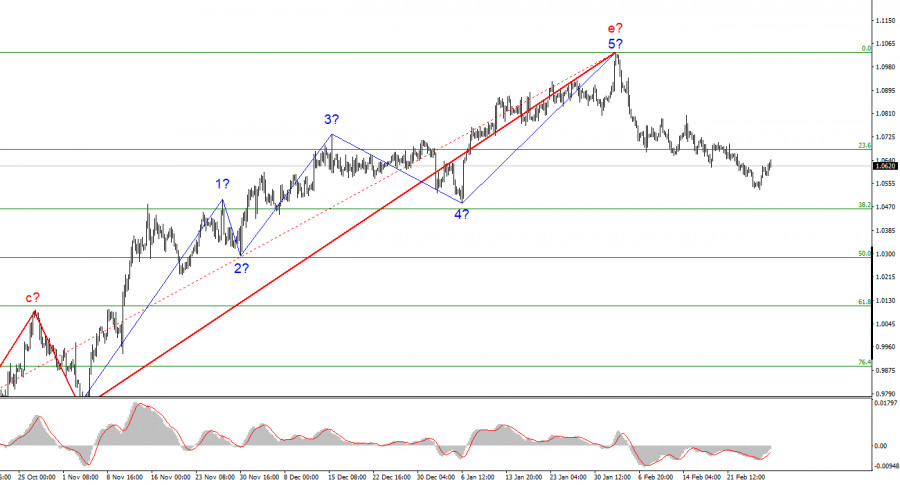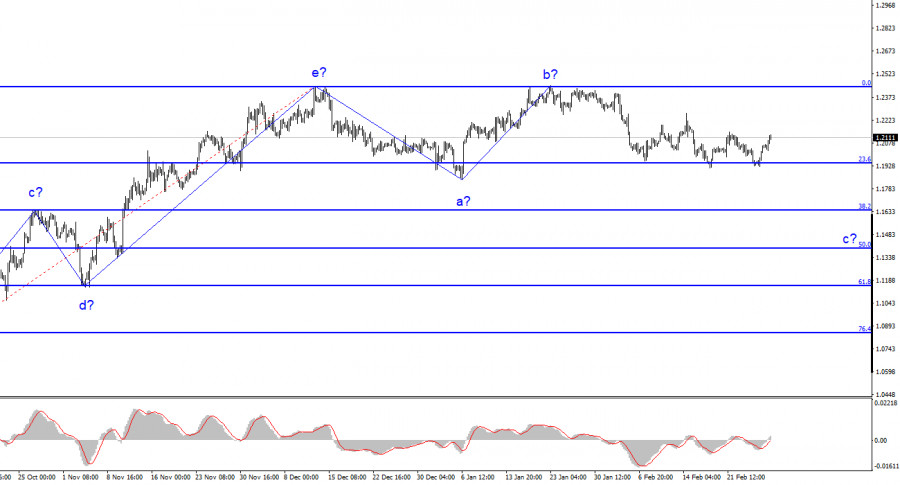
Spain and France released inflation figures for February today, revealing problems that the ECB would prefer to avoid. In this review, I analyze the inflation statistics of the four major EU economies to see what to expect from the inflation report slated for release this Thursday, as well as what to expect from the ECB in 2023.
Let us start with Germany. Last November, the inflation there peaked at 8.8%. At least, it seemed to reach a peak at the time. In December, it fell to 8.1%, and in January, it rose to 8.7%. It has turned out that the January reading casts doubt on the view that it was a peak in November. Tomorrow, the consumer price index is expected to decline, and the question is to what extent. Whether it will be a minor decline of 0.1-0.2% or not, we can say one thing for sure: inflation in Germany is not declining based on the above figures.
In France, the inflation peaked last October at 6.2% and has been around that level ever since. At one point it was down to 5.9%, but in February it went back to 6.2%. So, the conclusion is simple: inflation is not declining in France either, although it is certainly lower than in Germany.
In Italy, the inflation peaked in November 2022 at 11.8%, even higher than the UK. In January, there was a drop to 10%, but that is only one month, and there is no data yet for February. Meanwhile, the statistics across Europe showed that the inflation rose again. It turns out that the consumer price index has fallen only once, and in February it may rise again. The conclusion is the same: inflation is not slowing down.

In Spain, the picture looks more optimistic, as the peak inflation reading of 10.8% was reached last summer. Since then, the indicator has been steadily declining. In December 2022, a value of 5.7% was recorded, which is almost half the peak value. So, Spain is the only country where prices are slowing down. However, in the last two months there has been a run-up in the CPI as well.
What conclusions can we draw? In most EU countries, inflation has not even begun to slow down yet. If there has been a slowdown in some countries, it stopped in January and February. The ECB raised its interest rate to 3%, while oil and gas prices have fallen sharply in the past six months. And these two very important factors were not enough to contribute to a steady slowdown in inflation. Given that, there is a very high possibility of ECB hiking the rate again by 50 basis points in March. In May, the current pace of rate hikes is likely to be maintained, because even with one or two declines in inflation in most EU countries, it is clear that monetary policy is not tight enough to count on a return to 2% inflation. The ECB needs to raise the rate substantially higher.
Based on the analysis, I conclude that the construction of the uptrend section is completed. Thus, now it would be reasonable to sell with the targets located near the level of 1.0284 which corresponds to 50.0% of Fibonacci. At this time, a corrective wave 2 or b may be under construction, which should be taken into account. Sell trades can be opened upon the MACD providing bearish signals.

The wave pattern of the pound/dollar pair implies the construction of a downward trend section. At this time, it is possible to consider selling with the targets located near the level of 1.1508, which corresponds to 50.0% Fibonacci. A stop-loss order could be placed above the peaks of waves e and b. Wave c may take a less extended form, but for now I expect a decline of at least another 200-300 pips from the current levels.